After reading it you will realize that we already are commonly in touch with artificial intelligence. And maybe you will find here some inspirations on how to integrate Machine learning into your electronic devices and thus get a significant competitive advantage.
Artificial intelligence is nothing new...
Do you think artificial intelligence and learning machines is hot news? The Deeplearning technique, which machines use to learn on the basis of past experience and without explicit programming, was already applied in 1955 by Arthur Samuel. He had a great challenge ahead of him, he wanted to teach the computer to play and win the Draughts. But how to teach something that is exactly acting play the Draughts better than he does? He simply let two computers play against each other, and in the end, the computer managed to defeat the champions in this game in the 70s.
The problem at that time was, however, the computing performance of computers. Deeplearning, as one of the most commonly used methods for learning machines, requires sufficient amount of data. Thus, the more data and repetitions it has (trial-error), the more accurate the learning is. Certainly Samuel's computers would not learn to win the Draughts after 10 or 100 games. However, we now have technology and computers with sufficient computing power to use the Deeplearning algorithm. And the speed of learning will be exponential!
Forget the explicit programming
Many of the devices you develop and produce or use are based on traditional explicit programming (IF-THEN-ELSE). So, "if such a condition is fulfilled, then do this, otherwise do this". That's all right, but we want to move more complex and complex tasks to machines, for which it's almost impossible to program the service software explicitly. The best example is recognizing images. We want to teach the machine to recognize a simple object, for example a table.1. With explicit programming
we would write a script where we define: "if it is a rectangular object and has four legs, it is a table." But what if the table is round? OK, we will add this condition to the script ... And what if it is a table with only one big leg in the middle? OK, we'll add this condition to the script as well ... And what if it's an oval coffee table without legs?
2. Machine learning využíva úplne iný prístup
uses a totally different approach. It uses mathematical models that search for similar characters in data. At the be-ginning, person helps the machinein learning. S/he marks a few pictures of the table. On the basis of similar features, the machine tries to sort out a certain group of pictures with a table from a large number of various pictures. Person confirms/denies that there is a table on the picture. Based on these evaluations, the machine will modify its table recognition algorithm. And after several iterations, the service program can be accurate enough. The difference between traditional programming and machinelearning is best illustrated by the following scheme:
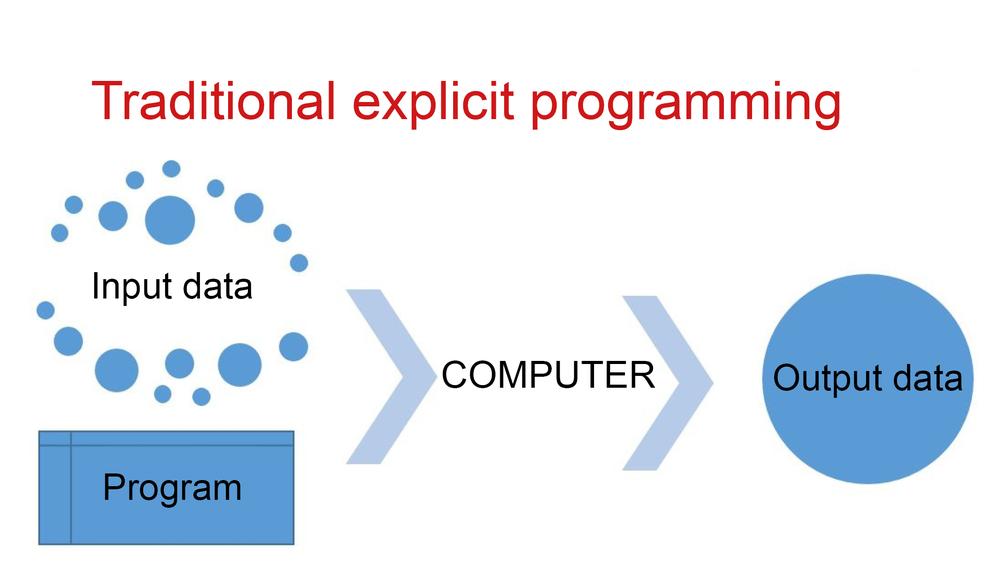
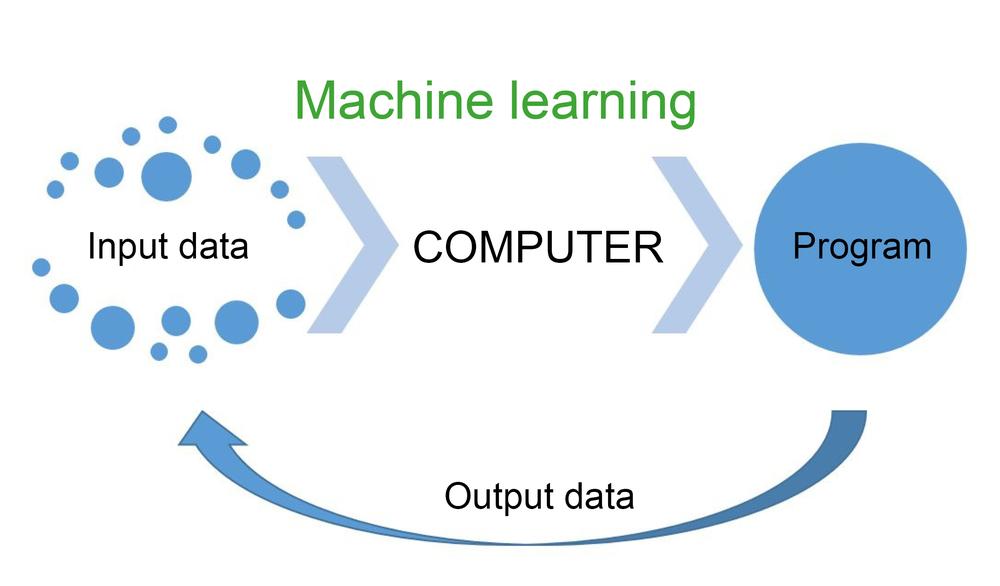
So far, we have been writing programs that generated output data based on inputs. The output of machinelearning is the program itself, which improves itself on the basis of output data. And yet we still face challenges such as recognizing obstacles for autonomous means of transport, translation and interpretation, proper diagnostics in medicine, ...
Can you even imagine how to write a service program with traditional explicit programming? How would you explicitly write software that recognizes a pedestrian from a tree? Almost impossible! Based on these evaluations, the machine will modify its table recognition algorithm. And after several iterations, the service program can be accurate enough. The difference between traditional programming and machinelearning is best illustrated by the following scheme:
The first practical pioneer of the A.I. (artificial intelligence - artificial intelligence) is definitely Google. Do you remember how imperfect was their translator in the beginning when it explicitly translated the text word by word? Today, the whole translation is a result of machinelearning and you have the option to edit this translation directly in the translation result. This way, you give their machine a further incentive to modify the program and thereby improve it. And this is happening without human programmer intervention. Or would you be able to imagine explicitly programming an intuitive web search?
If Google search engine was not now based on A.I., believe me, you would not want to use it anymore. It would not be able to give you relevant content to what you were looking for. Today we do not write 1-2 words in the search bar, but the whole sentence and questions. :-)
And why leave it to the machines and their intelligence?
We have already written about this in the article about Industry 4.0. The goal of the 4th Industrial Revolution is to personalize and customize individual requirements. In today's world, we all want to feel comfortably as individualities, but there are so many of us in the world. And so without personalization and "customization" it will not happen. It is not in the human power to adapt the processes to billions of individuals in the world. But machines with A.I. could do it.
Machines with A.I. do not forget and therefore, on the basis of history, they can better predict the future. Machines with A.I. do not have prejudices, they can put emotions aside and they evaluate people based on their behaviour and not based on the general assumptions (age, gender, or survey results). Why are most of the ads and car offerings for men, when more than 60% of mobile phone searches are made by women?
A. I. can prepare an individual offer for each individual based on their interest presented by their behaviour. We, people, many times do not know what we want. And the machines might know, in the future, based on our behaviour. I believe that Artificial Intelligence will help men to understand women and tell them how to respond appropriately to the situation (and of course, women to understand men) :-)
I want to try it with A.I. How to do it?
If you think the time has come to implement the artificial intelligence elements in your apps and devices, it's good to divide it into 3 parts. 1. Learning - how and on what data?
Try to base your approach on eliminating the explicit programming. You might be surprised, but at the moment, the technologies built on Machinelearning are available for free. Various opensource platforms and frameworks are available in the world. Do you know these for example?
TensorFlow
Torch
Caffe
AML (Amazon Machine Learning)
etc.
Many cloud solutions (such as Google Cloud, Microsoft Azure, or Amazon AWS) directly contain these frameworks. It is important to know exactly what I want to teach these machines and what data to supply them. Because Machinelearning itself, without sufficient amount of data, is useless. You can start with something simple, just for testing.
For example, one crazy idea for all: If you have a dining room in the company, you could put together data from the meal card with the amount of unconsumed food and leave it on the A.I. to suggest a meal menu in the future :-)
2. Design and building a solution - on what technologies (HW, SW) and how will the structure of the solution look?
Maybe you won’t be surprised that today everything is in the cloud. Servers, repositories, data, and computing power are centralized into cloud centres to multiply our capabilities. We centralize to increase the efficiency. Having your own IT infrastructure right in the company today is very costly, so the cost of running high-quality IT services in the cloud is spreading to a number of companies like mine. We talk about so-called shared economy.
Why use cloud solutions in your devices?
The easiest way to do this is to look at the Amazon product example.Do you know their "smart box" Echo Dot with Alexa? It's a small device that responds to a human voice, answering your questions. And you can really ask anything ... If they integrated this intelligence into the device itself, it would require high performance, and it would cost hundreds if not thousands of dollars. But it costs $ 30-40. And do you know why?
In fact, it's just a "primitive" device with a microphone, a speaker, and an Internet connection. It uploads your question and sends it to the cloud server. There is the heart and the head of the whole solution that transforms speech into text, searches through the Internet, translate the result into the speech of your "assistant" Alexa and sends the recording to the device. The device itself will only play the recording.
You do not need to have a computer with computational power and sophisticated service software right in your device. That's why you can sell it for $ 30. You sell a lot of them, so the cost of a central solution in the cloud will spread to all the devices you sell. And we go in the shared economy even further... Amazon not only uses the heart of a cloud solution for their devices, but they offer this service to anyone who wants to implement it on their own devices for certain fee. And so, the cost of the heart of the solution is shared with other third-party devices. Are you still hesitating about connecting the cloud into your products?
3. Benefit - What benefit and advantages will the given solution have?
Do you improve someone's life comfort with your solution with the AI? Or could you even save lives with A.I. because you eliminate the human labour limitations? For all we will try to give some real examples:
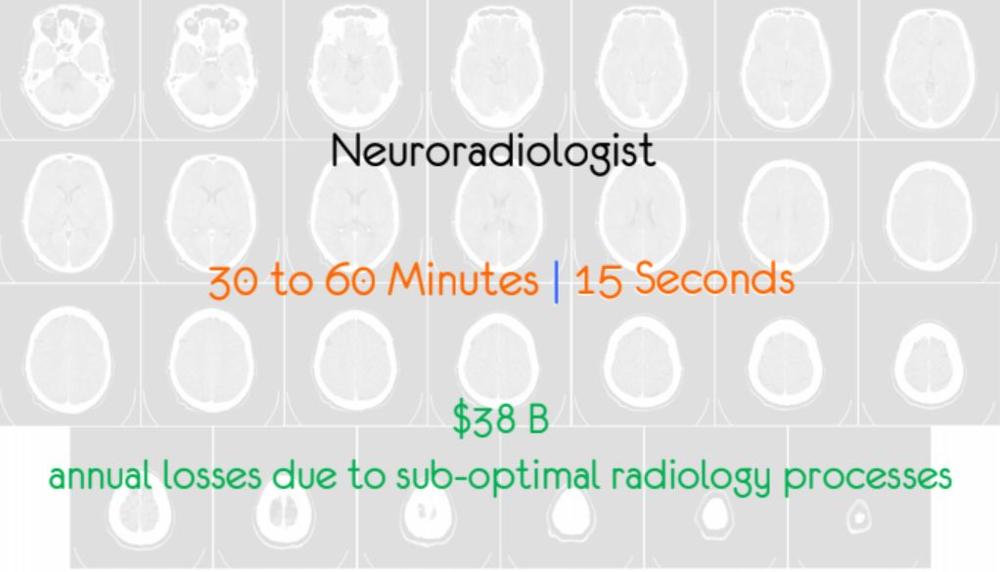
In the US, artificial intelligence has begun to diagnose a stroke. Even a very good
neuroradiologist needs 30-60 minutes on average to identify, based on CT pictures, if the
patient has a stroke. The problem is that after 12 minutes the first damage to the brain
begins. The system, into which gathered huge amounts of historical data in the form of CT
images with conclusions whether it was or was not a stroke, can now diagnose a cerebral
vascular accident within 15 seconds! Another team with the help of A.I. again, based on a large number of historical images of tumours and surrounding cells, can identify early cancer tumour in advance, even if a person is not able to see it in the picture. One has limits in his memory. A. I. doesn’t and at the same time, it is able to work with it much faster!
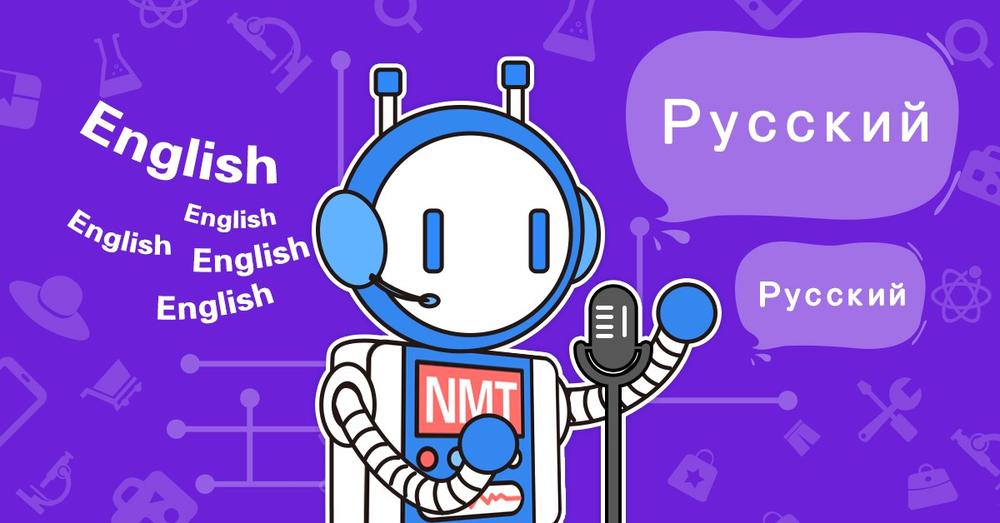
about ordinary simultaneous interpretation. A deeplearning system can learn how to
modulate your voice and basically speak in a foreign language with your own voice. Of
course, it is still not perfect, but the ground is given and the systems will learn at
exponential speed.

Many opportunities for the use of artificial intelligence machines are in agriculture. The HW
developer has developed a device that is attached to the tractor as a "trailer". This device
has learned, via deeplearning method, all about how a perfect healthy crop should look
like, how does weed or other signs of pests or
plant diseases look. Within 1 minute, 5000 plants are scanned to evaluate whether water
needs to be sprayed on the crop or any chemical spraying. Irrigation or spraying is not thus applied to the whole field, but locally for each plant individually. One device can go through 20 hectares per day and treat 2.5 trillion of plants per year. And the benefit for humanity? With the current global agricultural land, we could produce 5 times more meals while reducing water and pesticide use by 90%!
Epilogue or does it have any “but”...?
Let's have look at what artificial intelligence machines can already do today. They can read and write, listen and talk, search for things, gather and integrate knowledge. Maybe they cannot do it as good as a human being in some cases, but we have given them a way to learn and constantly improve it. Exponentially!80% of people in modern developed countries work in services where they get paid for what we teach machines to do (for example, manage public transport, prepare meals, diagnose diseases, etc.). Are we ready for 80% of people to lose their jobs? Not even two years ago, when we wrote about automation within Industry 4.0, we assumed that human work would move more to data-handling.
Unfortunately, that's not true anymore, either. We have shown machines how they can learn to work with data, analyze and evaluate them. It is now said that people will remain in the so-called "takingactions", i.e. decision making and algorithm creation.
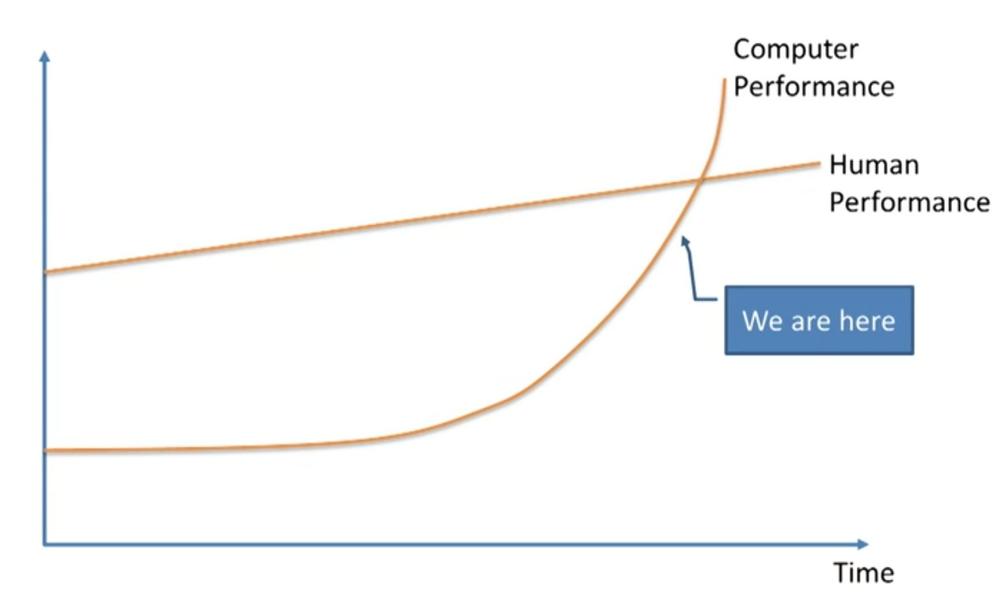
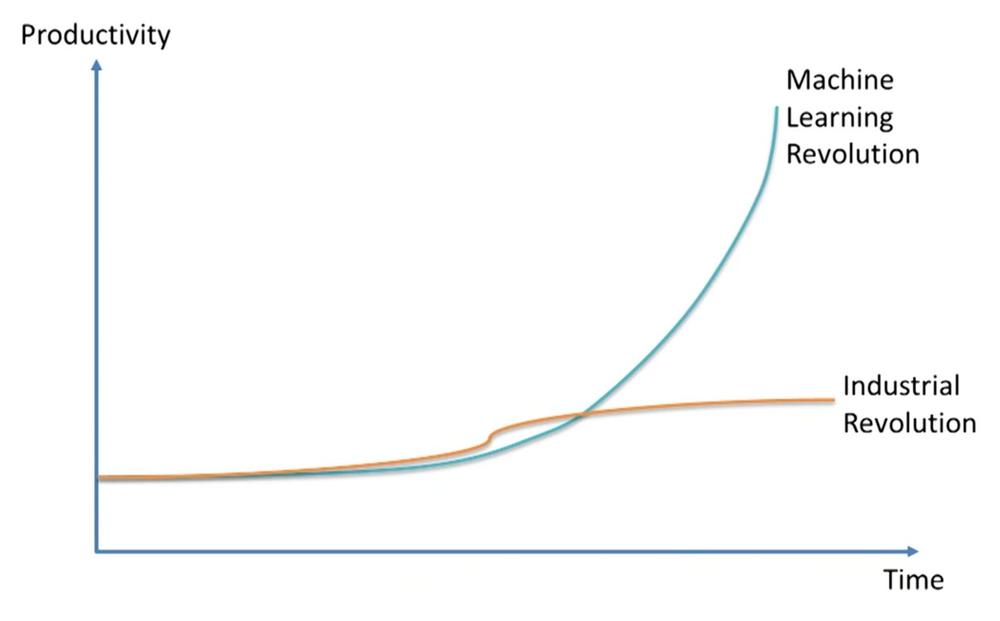
But is it really like that?
Is not it now the time to start discussing the new social and economic structures of our society? What will be the meaning of life for many people, if not work.
This Industrial Revolution (Industry 4.0) is different from the previous ones. After every industrial revolution there was a huge increase in productivity, but it was also followed by stabilization. Now we are talking about a revolution in machinelearning, and here we expect exponential growth, which will probably not be followed by stabilization.
Last but not least, there is an increasing interest in security. To what extent can we guarantee that a certain interest group of people does not abuse A.I. and use the gained data in their favour? Artificially intelligent machines are like little children, they mirror their parents (people). And maybe 80% of the unemployed should be progressively directed to this area of security. Because all the great inventions were created with the first good and noble intention…
What does A.I. mean for you and us?
Today, it is certainly not a question of whether there is a space for A.I. in your apps and devices. The question is whether we will be among the first technological leaders in the industry and benefit from it or we’ll just run after the outgoing train.
We have a voluntary homework for you :-) Try to have a brainstorming session in your company on how you can embed A.I. into your devices. Maybe you’ll look out the window and you say, "no way, artificial intelligence and here?" But to have such a vision and be a pioneer in the market - it is a guaranteed competitive advantage and success!
We will be happy to assist you with our components in the HW section. And we’ll be even happier to tell you about A.I. options during our unique workshops that we're preparing with Microsoft. We will try to build a model device where we’ll combine our HW knowledge with Microsoft's SW knowledge and make it cloud-based with the use of artificial intelligence.
Get more detailed information soon!
Rastislav Talárovič
Head of Marketing Department & Google Partners Trainer
Do you like our articles? Do not miss any of them! You do not have to worry about anything, we will arrange delivery to you.


